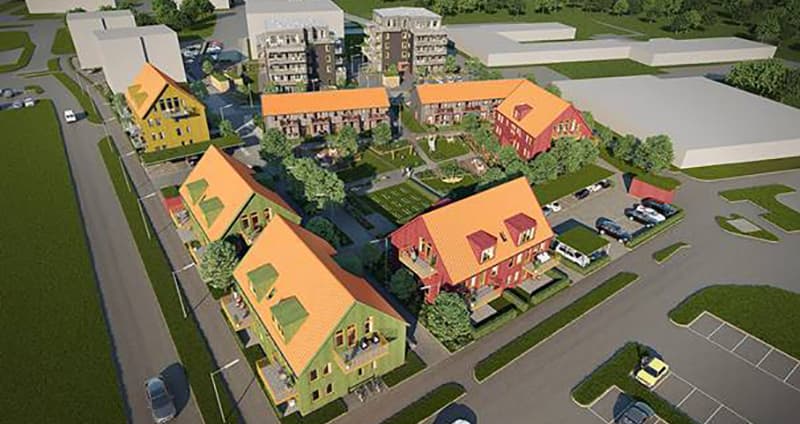- Rapport
- Värme och kyla
Analysis of 4th Generation District Heating Technology Compared to 3rd Generation

In the future, it is increasingly important to develop heat production and the district heating business to remain competitive. One possibility is to increase the usage of excess heat sources from both industrial processes and from low temperature heat sources, from waste water, infrastructure and cooling processes for example. Such transformation necessitates business models allowing for multiple, small heat sources delivering heat into the distribution network, central heat storage and alternative usage for heat, for example by transforming it to cooling.
To engage in implementation of the new technology, data are needed that point to a cost-efficient solution. Unless the new technology can be proven to result in an efficient business its possibility for large scale implementation is low. Pre-studies that can quantify the potential of the technology are needed. This is one of them.